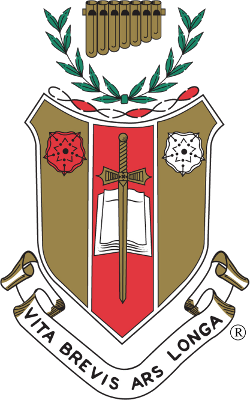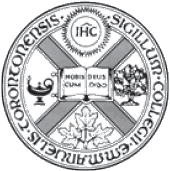
Herbert George Welch was an American bishop of the Methodist Episcopal Church, The Methodist Church and the United Methodist Church. He was elected to the episcopacy in 1916. He also distinguished himself as a Methodist pastor, and as the fifth President of Ohio Wesleyan University, Delaware, Ohio.

Kentucky Wesleyan College (KWC) is a private Methodist college in Owensboro, Kentucky. Fall 2018 enrollment was 830 students.

Iowa Wesleyan University was a private university in Mount Pleasant, Iowa, United States. It was Iowa's first co-educational institution of higher learning and the oldest of its type west of the Mississippi River. The institution was affiliated with the United Methodist Church. It closed at the end of the 2022–23 academic year due to financial challenges.

John McClintock was an American Methodist Episcopal theologian and educationalist, born in Philadelphia.

North Carolina Wesleyan University (NCWU) is a private Methodist university in Rocky Mount, North Carolina. It was founded in 1956. North Carolina Wesleyan offers courses at its main Rocky Mount campus, as well as satellite locations in Brunswick, Durham, Goldsboro, Greenville, Manteo, New Bern, Raleigh, Washington, Wilmington and Winston-Salem.

Sigma Alpha Iota (ΣΑΙ) is an international music fraternity. Formed to "uphold the highest standards of music" and "to further the development of music in America and throughout the world", it continues to provide musical and educational resources to its members and the general public. Sigma Alpha Iota operates its own national philanthropy, Sigma Alpha Iota Philanthropies, Inc. Sigma Alpha Iota is a member of the National Interfraternity Music Council and the Professional Fraternity Association.

Emmanuel College is the theological college of Victoria University in the University of Toronto. Affiliated with the United Church of Canada, it is also a member institution of the Toronto School of Theology. The college's principal is HyeRan Kim-Cragg.

Phi Kappa National Fraternity (ΦΚ) is a secondary school social fraternity. Since its founding in the early twentieth century, Phi Kappa has chartered nearly fifty chapters in eight states in the Deep South. No chapters of the fraternity have ever been chartered outside of the South. Phi Kappa is the oldest and largest exclusively Southern Greek-letter social fraternity.

The Chapel + Cultural Center at Rensselaer is an architecturally unique, multipurpose performing arts and spiritual space in Troy, New York. The Center is owned and operated by the Rensselaer Newman Foundation (RNF). It is conventionally referred to as "The C+CC"; the "+" sign has come to be formally used instead of "and" or an ampersand as a representative symbol of the Christian cross. While located on the campus of Rensselaer Polytechnic Institute (RPI), the C+CC is managed and operated as an independent organizational entity. The C+CC provides a home to the Roman Catholic University Parish of Christ Sun of Justice. Its staff members offer administrative support for chaplaincy services at RPI for the Catholic, Protestant, Jewish, and Muslim communities.

Theta Nu Epsilon is a sophomore class society. Founded at Wesleyan University in 1870 as a chapter of Skull and Bones, the society accepts members regardless of their fraternity status.

Edward Gayer Andrews was a bishop of the Methodist Episcopal Church, elected in 1872.
The Genesee Wesleyan Seminary was the name of two institutions located on the same site in Lima, New York.
Gouverneur Wesleyan Seminary was located in Gouverneur, St. Lawrence County, New York, United States. The seminary was operated in the 19th century by the Black River Conference of the Methodist Episcopal Church.

John W. Gowdy was a Scottish American bishop of the Methodist Episcopal Church and The Methodist Church, elected in 1930. He also distinguished himself as a missionary, an educator, and as a college and university president.
Genesee College was founded as the Genesee Wesleyan Seminary, in 1831, by the Methodist Episcopal Church. The college was located in Lima, New York, and eventually relocated to Syracuse, becoming Syracuse University.
This article describes smaller collegiate sororities created in the nineteenth century and early to middle twentieth century on campuses in the United States and Canada. These sororities are defunct. Individual chapters may have affiliated with National Panhellenic Conference (NPC) sororities.

John Joseph Conroy was an Irish-born clergyman of the Roman Catholic Church. He served as Bishop of Albany from 1865 to 1877.
John Orville Newton was a school principal and state representative in Maine. Newton served as the principal of Kents Hill School for 24 years. He was succeeded by Thomas Wess Watkins.













